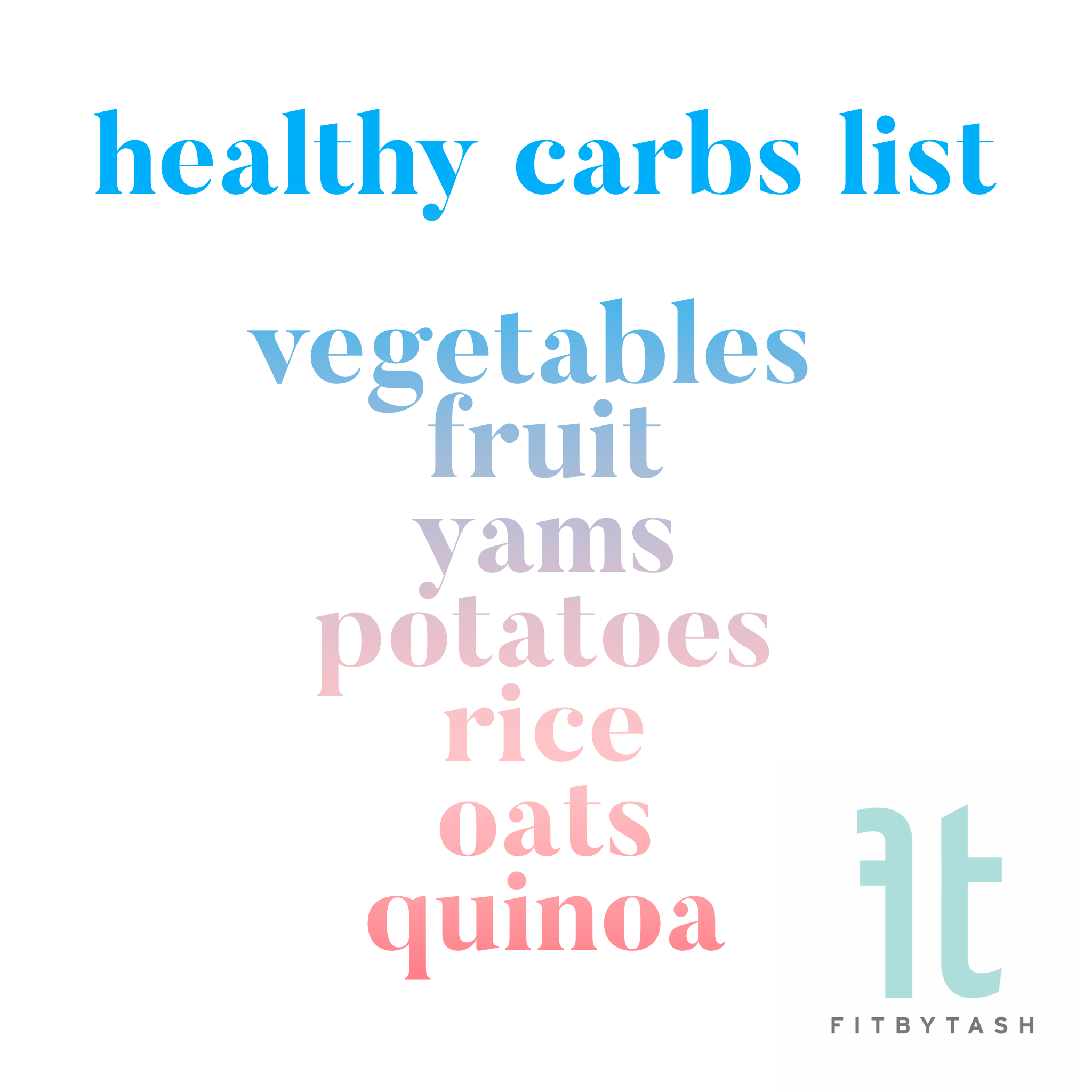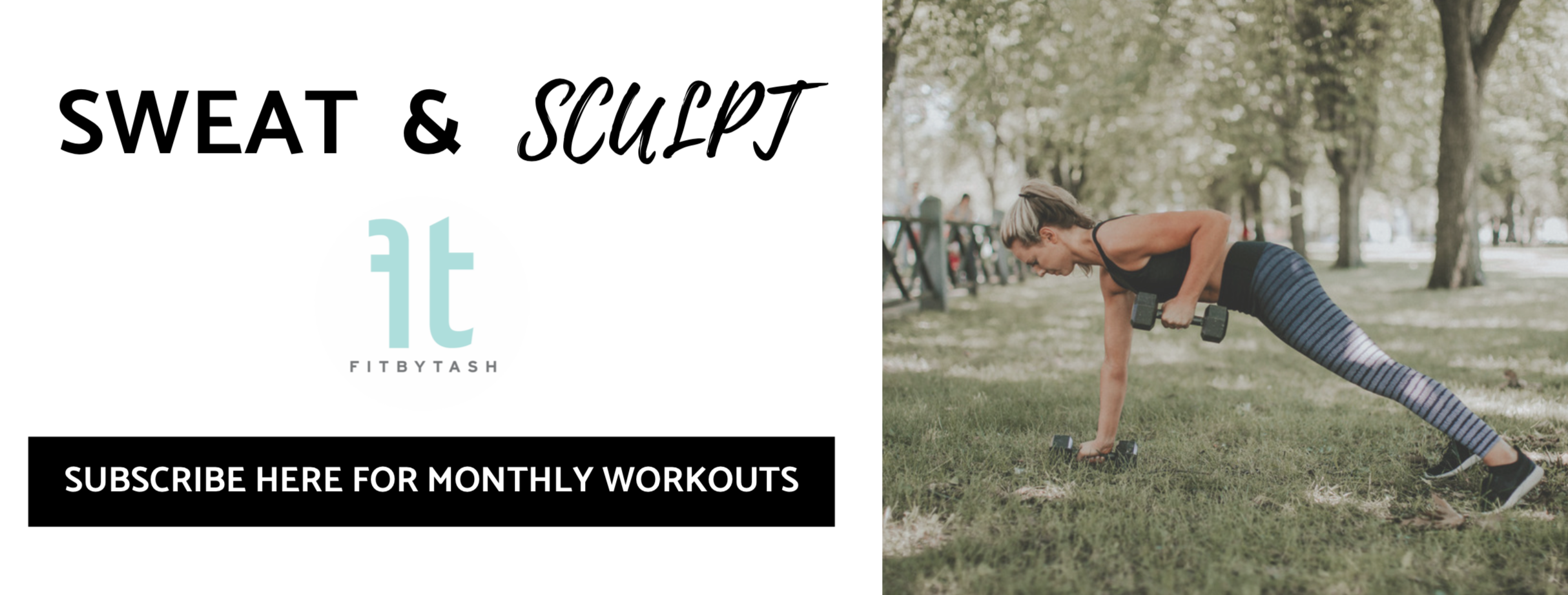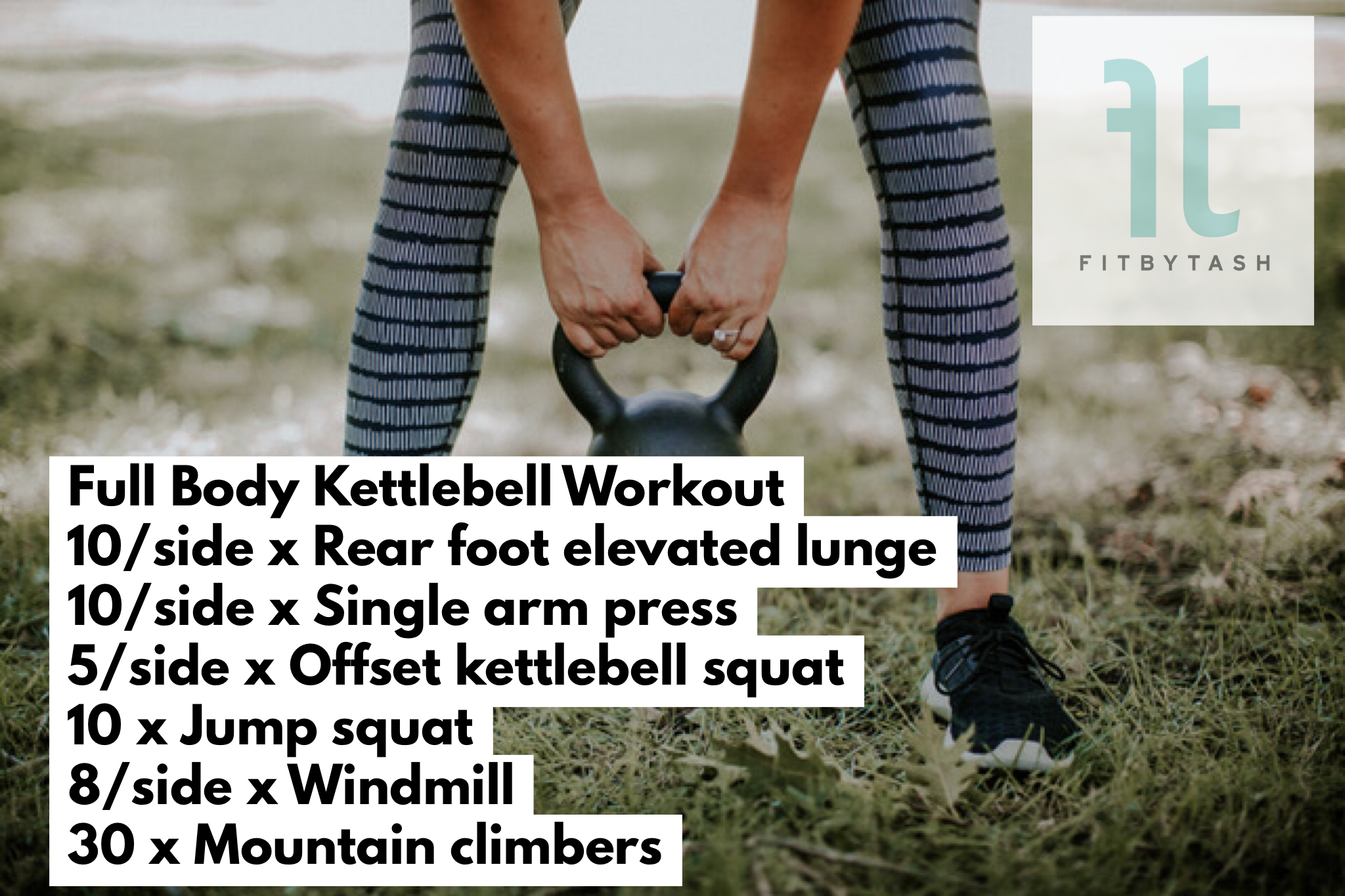Introduction and Misconceptions
Want to build visible muscle tone without spending hours in the gym? After 10,000+ in person client sessions, I can tell you: real results come from a science-backed approach, not random influencer workouts.
Most women I work with want body recomposition: losing fat while building lean, defined muscle. The most effective way to do that? Consistent hypertrophy training (that’s resistance training designed to build muscle) paired with a nutrient-dense, minimally processed diet.
If you’re saving social media workouts designed for someone with completely different genetics, training history or goals, you’re wasting time. Instead, start with what’s scientifically proven, experiment from there and adjust based on what actually works for your body.
What Makes Muscle Grow: Mechanical Tension Explained
The intensity of a workout is what matters when it comes to building muscle. And this has nothing to do with feeling out of breath or the calories burned according to your Apple Watch.
The mechanism to build muscle that we know the most about is mechanical tension. Mechanical tension is a force experienced in a muscle contraction. Mechanical tension peaks when we perform sets to failure or within a few reps of failure. Failure is the point where the activated muscles are incapable of completing another repetition without assistance.
Failure is not to be confused with fatigue. Studies show people think they’re training to failure but they can actually do 5-7 more reps. I can tell when a client is approaching failure because there is an involuntary slowing of contracting speed. This is when there are high degrees of force production and the active muscle fibers experience mechanical tension which is the driver for muscle growth.
How Heavy Should You Lift?
When following a program, select a weight that allows you to perform an exercise for the designated number of reps and be within 1 to 3 reps from mechanical failure (also known as Reps in Reserve or RIR). When I say failure, I mean technical failure, where you can still complete the repetition with proper form.
Both my male and female clients come to me with fears of getting bulky when lifting heavier weights. Mainstream media still promotes light weights and high repetitions to build a “long and lean” physique. The only way to “tone up” is through building our muscle. This is the foundation for a lean physique and the best thing you can do for your health and longevity.
Meta-analyses in 2017 and 2022 found that lighter weights taken to failure can build just as much muscle as heavier loads when total effort is matched.¹² There is an equal hypertrophy stimulus for sets taken from 5 to 30 reps when volume is equated and sets are taken to the same proximity to failure. Gains in 1 repetition maximum (1 RM) strength were significantly greater in favor of high vs low load training.
It’s not about the “perfect” rep range, it’s about the reps that count. The final few reps, when tension and effort are highest, drive growth.
Let’s compare lifting heavier loads vs. lighter loads for the average lifter:
High Load Training for Lower Reps >60% of 1 RM (~ 6-15 reps)
✔ Rep ranges of 6-10 give you a maximal strength benefit in addition to hypertrophy
✔ Works better for bigger muscle groups and compound exercises like traditional deadlifts, squats, pull ups
✔ Build bone and tendon stiffness for longevity and joint health
✔ Higher-threshold motor units are recruited almost immediately. Don’t need to get as close to failure.
✔Better accuracy on RIR and being close to failure
✔Less systemic stress
Low Load Training for Higher Reps ≤60% of 1RM (~ 15-30 reps)
✔ Can work well for isolation exercises like lateral raises and tricep extensions
X Creates more lasting fatigue - central nervous system (CNS) fatigue and cardio demand
X Form more likely to break down at high rep ranges on compound exercises
X More reps needed before you hit failure to get the same end result
X Need to get closer to failure (low RIR) in order to activate larger motor units
X The muscle “burn” signals fatigue, which is not the same as failure. Unless you’re close to mechanical failure, you aren’t building muscle.
X When taken to failure, lower weights are less optimal at bringing mechanical tension to the targeted muscle. For example, if you want to build glutes and you do 20 reps of a squat, what muscle is fatiguing first? For the average person, it will be their cardiovascular system, core and back extensors. The muscle we are targeting needs to fail first.
Based on the above comparison, it’s ideal to keep most hypertrophy training within the 6 to 12 rep range at all times.
Progressive Overload: How to Know It’s Working
It’s important to track your progress to see if what you’re doing is working. Progressive overload is feedback that adaptations are occurring for muscle growth.
If your reps, weight, or performance improves over time, under the same conditions, it means your program is working. It also ensures the stimulus on the muscles continues to be the same. If we never go up, the exercise would begin to feel easier and mechanical tension would go down.
If this week I hit 8 reps of a Romanian deadlift at 125lbs with 2 RIR, then the next week I’ll want to perform the same (8x125lbs) or do more reps, increase the weight, or a combination of both under the same conditions. A good progression would be 6 reps with 1RIR at 135lbs. You don’t have to PR every session, but you should over time.
Tracking your lifts gives you objective feedback to ensure you’re improving and working out with intention and purpose. It’s not about just doing more volume, it’s about doing better.
Volume & Frequency: How Much is Enough?
We can dose resistance training during the week by manipulating the weekly set volume and frequency.
Weekly Set Volume
Training volume is the total number of pounds lifted per week. Volume = sets x reps x weight lifted. Training volume can also be the weekly number of “hard sets”, or sets per muscle group which are close to failure.
A 2022 study on training volume found that 12–20 sets per muscle group per week is the optimal range for most lifters.³ Beyond this set range, the data suggests substantial diminishing returns for hypertrophy and even stronger ones for strength gains. A newer lifter can start closer to 10 sets per muscle group per week. As you get stronger and lift heavier, this naturally increases your total volume so you don’t always have to keep adding more sets.
The minimum effective dose which is sufficient to elicit detectable hypertrophy is 4 sets. The more efficient range is 5-10 sets per week per muscle group for hypertrophy and 2 sets for strength. While doing 10+ sets will produce greater gains in muscle growth than doing fewer than 10 sets, the greatest gains will come from your minimalistic volume.
We do know that more is not always better. Doing too much volume can lead to injury and fatigue. And on the other hand, if you’re short on time, doing just 4 sets per muscle group will still generate stimulus for growth.
Frequency
A 2016 meta-analysis showed that training each muscle group twice per week led to more growth than once per week.⁴ When equated for volume, there was no evidence that training a muscle group 3 times a week was better than 2 times.
Muscle growth doesn’t scale endlessly with more sets. Up to a point, volume helps, but after 10-20 sets per muscle group per week, the gains slow down and fatigue ramps up.
Workout Splits That Fit Real Life
Consistency is the most important thing when choosing a split. Most people can commit to lifting 2 to 3 days per week year round. The majority of your gains will be in the 5 to 10 sets per body part per week. Each workout will have 4 to 6 exercises for a total of 8 to 12 working sets.
If you’re lifting with high intensity with proximity to failure (1-3 RIR) you will create adaptation. Lift 5 or more days a week and you won’t give your muscles enough time to recover. You’ll build up fatigue which affects the motor unit recruitment and energy in future workouts and increases cortisol.
Workout Splits
Full Body
2 to 3 times per week
2 to 3 sets per muscle group
Upper / Lower / Full Body
3 times per week
2 to 3 sets per muscle group
Upper / Lower / Upper / Lower
4 times per week
2 to 3 sets per muscle group
Exercise Selection: Why Basic Beats Fitness Trends
We see a lot of fancy exercises on social media. Curtsy lunge to bicep curl, Romanian deadlift to upright row, burpee to shoulder press.
Choreographed and complex exercises, while entertaining, cause a breakdown in form and a decrease in motor unit recruitment and fiber force. Doing too many unstable exercises that require coordination cause fatigue and lower the force production and mechanical tension in the muscle. Too much variety makes it impossible to track progressive overload and know if your program is working.
Take a bicep curl to reverse lunge exercise as an example. I can perform bicep curls with 15lb dumbbells to technical failure for 8 reps, and I can lunge with 45lb dumbbells for 8 reps per leg. I won’t challenge my leg muscles enough to stimulate growth with this combination exercise. My upper body will fatigue before there is enough motor unit recruitment in my lower body to stimulate adaptation and growth.
Don’t get distracted by flashy workouts or aesthetic edits on social media. The real results come from nailing the basics: squat, hinge, push, pull - done with great form, steady progression, and consistency.
If you’re just starting out, your job isn’t to entertain yourself, it’s to build a foundation that sets you up for long-term success. And if you’re already lifting? Mastery comes from doing the simple things exceptionally well.
Train smart. Stick to the plan. Trust the process.
References
¹ Schoenfeld BJ et al. (2017). “Strength and hypertrophy adaptations between low- vs. high-load resistance training.” J Strength Cond Res. PMID: 28834797
² Schoenfeld BJ et al. (2022). “Effects of different resistance training frequencies on muscle hypertrophy.” Sports Med.PMID: 35015560
³ Schoenfeld BJ et al. (2022). “Resistance Training Volume Enhances Muscle Hypertrophy.” Sports Med. PMID: 35291645
⁴ Schoenfeld BJ et al. (2016). “Effects of Resistance Training Frequency on Muscular Adaptations.” Sports Med. PMID: 27102172
⁵ Baz-Valle E et al. (2022). “Dose-response relationship of weekly resistance training volume and muscle hypertrophy: A systematic review.” SportRxiv. https://sportrxiv.org/index.php/server/preprint/view/460/967









